Data Collection
Data collection is the process of gathering and measuring information on variables of interest, in a systematic and organized manner. It is an important step in the research and decision-making process, and is essential for obtaining accurate and reliable data for analysis and interpretation.
Methods of Data Collection
There are several methods of data collection, including:
- Surveys and Questionnaires: These involve asking individuals or groups of people a series of questions to gather information about their attitudes, behaviors, or characteristics.
- Observation: This method involves watching and recording behaviors, events, or other phenomena as they occur in their natural setting.
- Interviews: Interviews involve direct interaction with individuals to gather specific information through structured or unstructured questions.
- Experiments: In an experimental approach, researchers manipulate variables to observe their effects and collect data.
- Secondary Data Analysis: This involves using existing data sources, such as government statistics, previous research, or organizational records.
Study Guide
When studying data collection, it's important to understand the following key concepts:
- Variables: Learn about the different types of variables (e.g., independent, dependent, categorical, numerical) and how they are measured and collected.
- Sampling Methods: Understand the various sampling techniques, such as random sampling, stratified sampling, and convenience sampling, and their implications for data collection.
- Data Collection Tools: Explore the different tools and instruments used for data collection, including surveys, questionnaires, observation forms, and interview guides.
- Ethical Considerations: Consider the ethical issues related to data collection, such as informed consent, confidentiality, and privacy of participants.
- Data Quality: Recognize the importance of data quality and the measures taken to ensure data accuracy, reliability, and validity.
By understanding these concepts and methods, you will be able to effectively collect data for research, analysis, and decision-making purposes.
.◂Math Worksheets and Study Guides Seventh Grade. The Pythagorean Theorem
Study Guide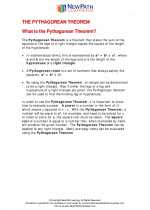 The Pythagorean Theorem
The Pythagorean Theorem  Study Guide
Study Guide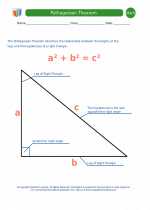 Pythagorean Theorem Definitions
Pythagorean Theorem Definitions  Worksheet/Answer key
Worksheet/Answer key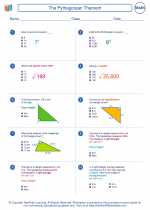 The Pythagorean Theorem
The Pythagorean Theorem  Worksheet/Answer key
Worksheet/Answer key The Pythagorean Theorem
The Pythagorean Theorem  Worksheet/Answer key
Worksheet/Answer key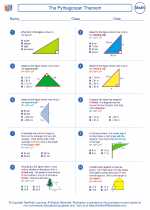 The Pythagorean Theorem
The Pythagorean Theorem  Worksheet/Answer key
Worksheet/Answer key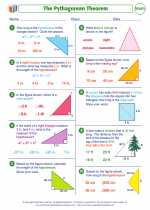 The Pythagorean Theorem
The Pythagorean Theorem  Worksheet/Answer key
Worksheet/Answer key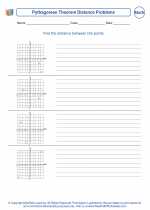 Pythagorean Theorem Distance Problems
Pythagorean Theorem Distance Problems  Worksheet/Answer key
Worksheet/Answer key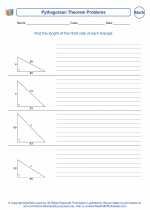 Pythagorean Theorem Problems
Pythagorean Theorem Problems  Worksheet/Answer key
Worksheet/Answer key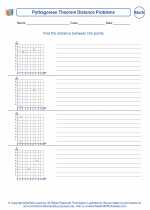 Pythagorean Theorem Distance Problems
Pythagorean Theorem Distance Problems  Worksheet/Answer key
Worksheet/Answer key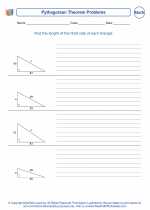 Pythagorean Theorem Problems
Pythagorean Theorem Problems  Worksheet/Answer key
Worksheet/Answer key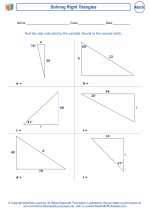 Solving Right Triangles
Solving Right Triangles  Worksheet/Answer key
Worksheet/Answer key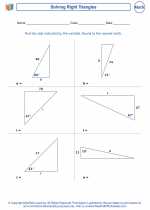 Solving Right Triangles
Solving Right Triangles 

 Study Guide
Study Guide
 Worksheet/Answer key
Worksheet/Answer key
 Worksheet/Answer key
Worksheet/Answer key
 Worksheet/Answer key
Worksheet/Answer key
 Worksheet/Answer key
Worksheet/Answer key
 Worksheet/Answer key
Worksheet/Answer key
 Worksheet/Answer key
Worksheet/Answer key
 Worksheet/Answer key
Worksheet/Answer key
 Worksheet/Answer key
Worksheet/Answer key
 Worksheet/Answer key
Worksheet/Answer key
 Worksheet/Answer key
Worksheet/Answer key

The resources above cover the following skills:
Geometry (NCTM)
Analyze characteristics and properties of two- and three-dimensional geometric shapes and develop mathematical arguments about geometric relationships.
Create and critique inductive and deductive arguments concerning geometric ideas and relationships, such as congruence, similarity, and the Pythagorean relationship.